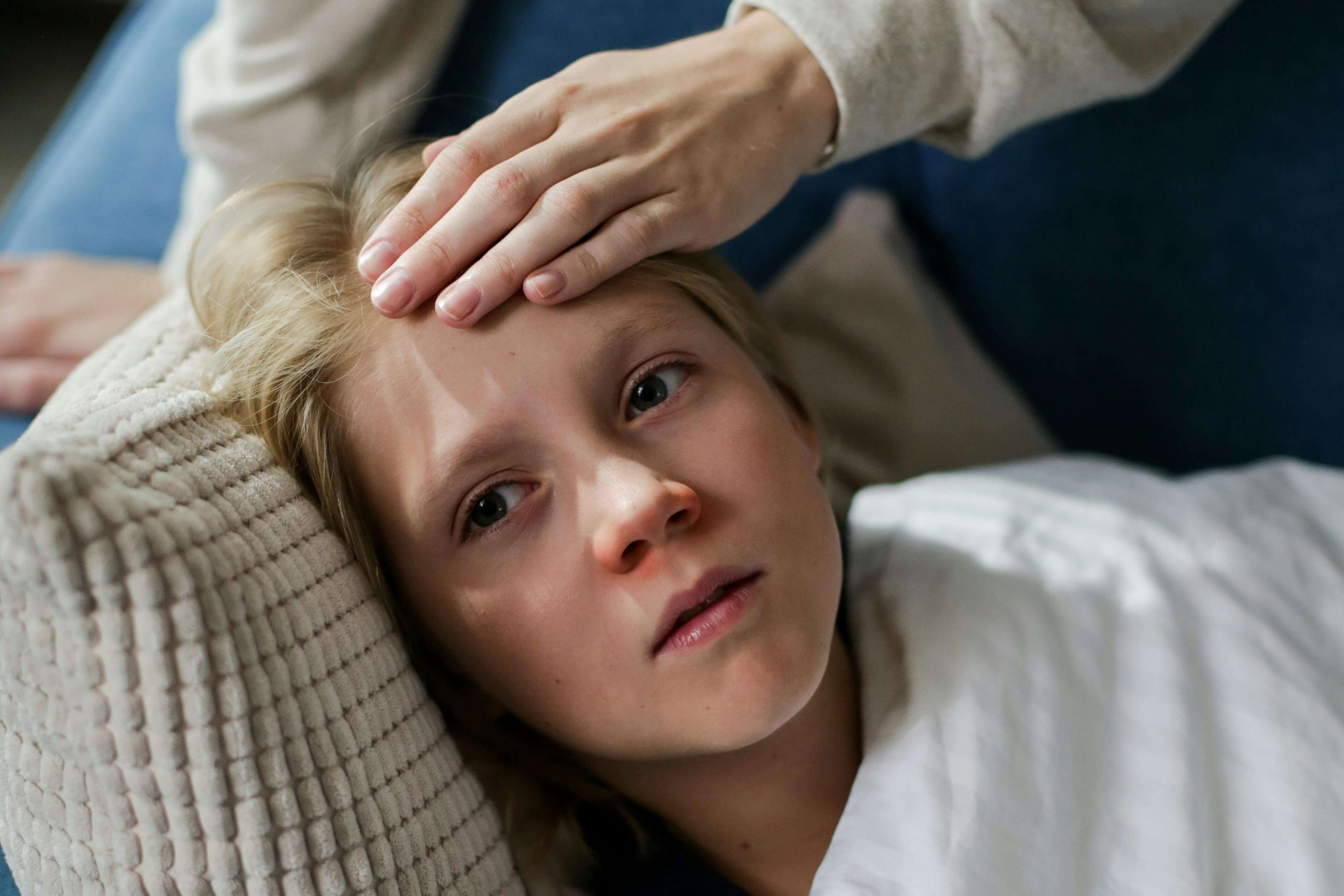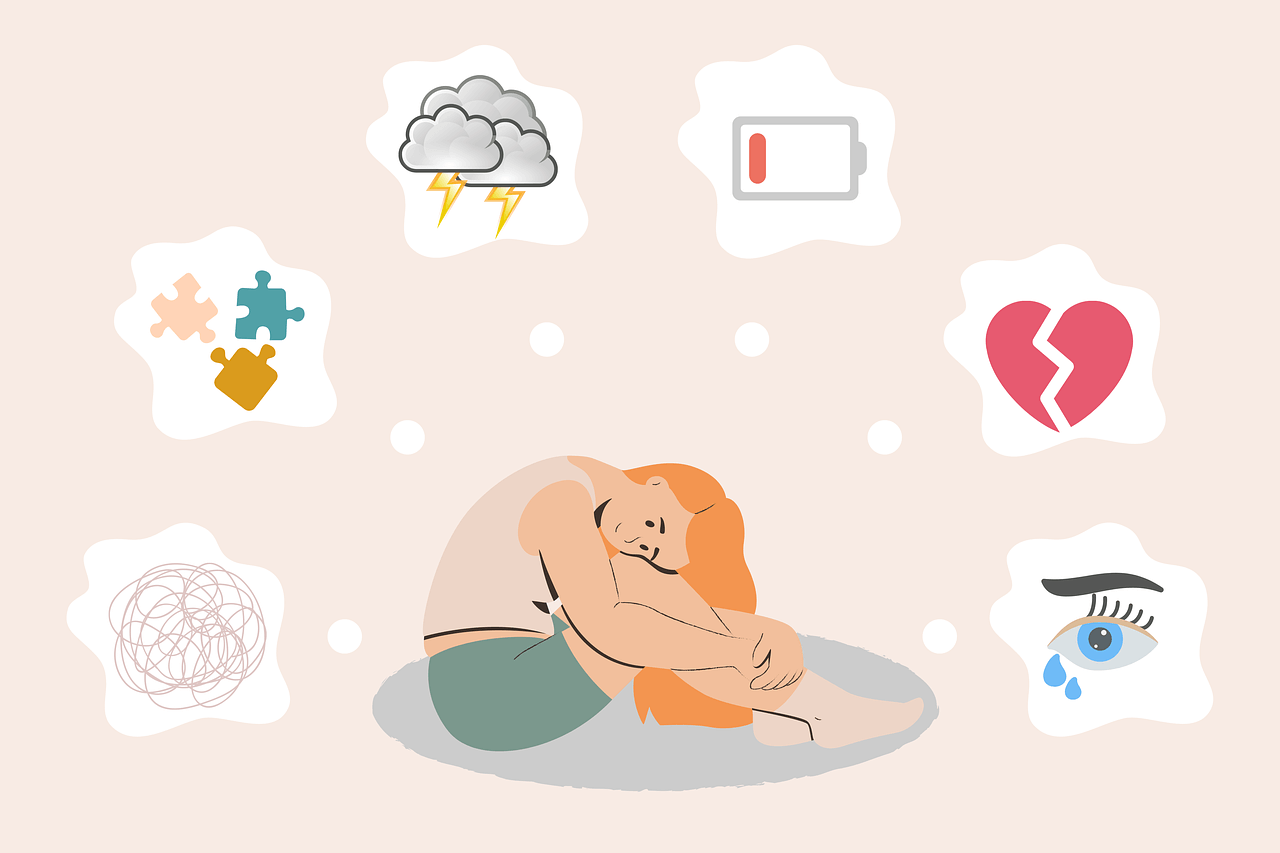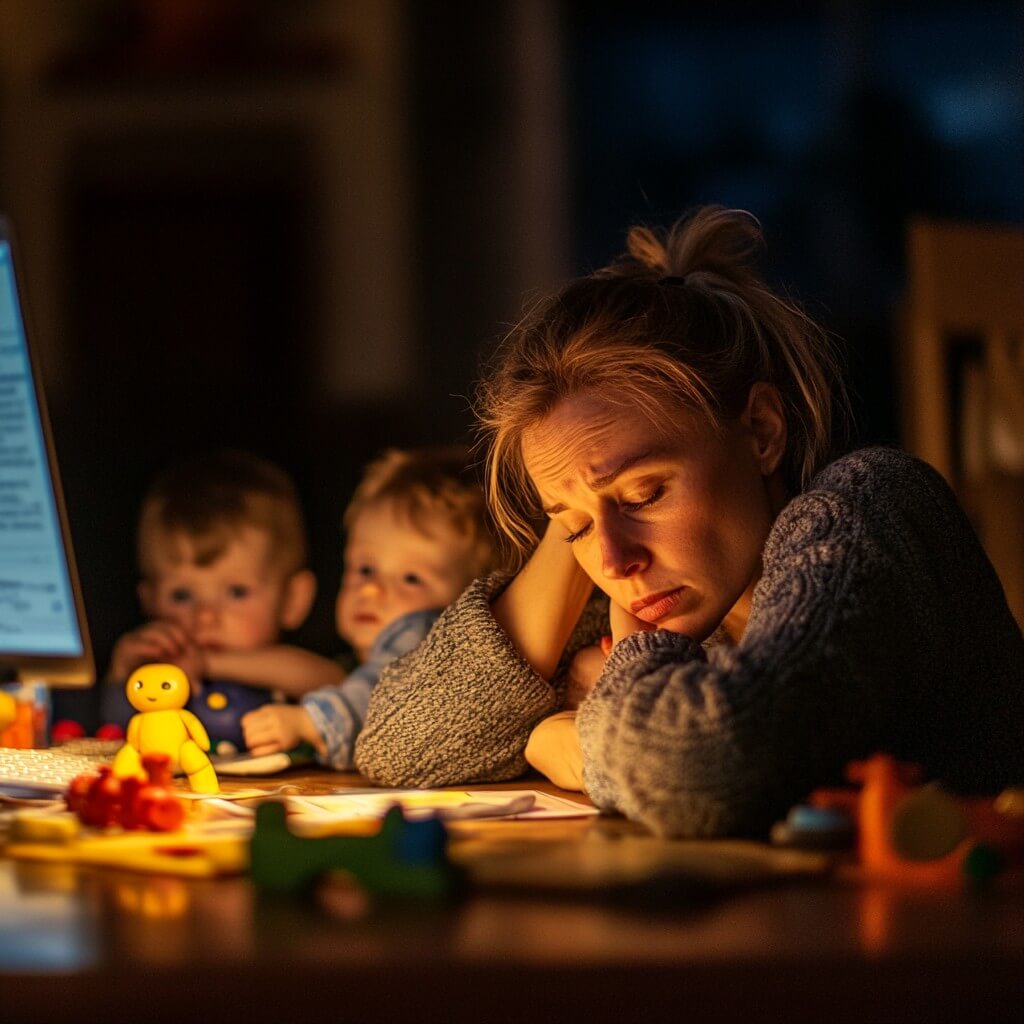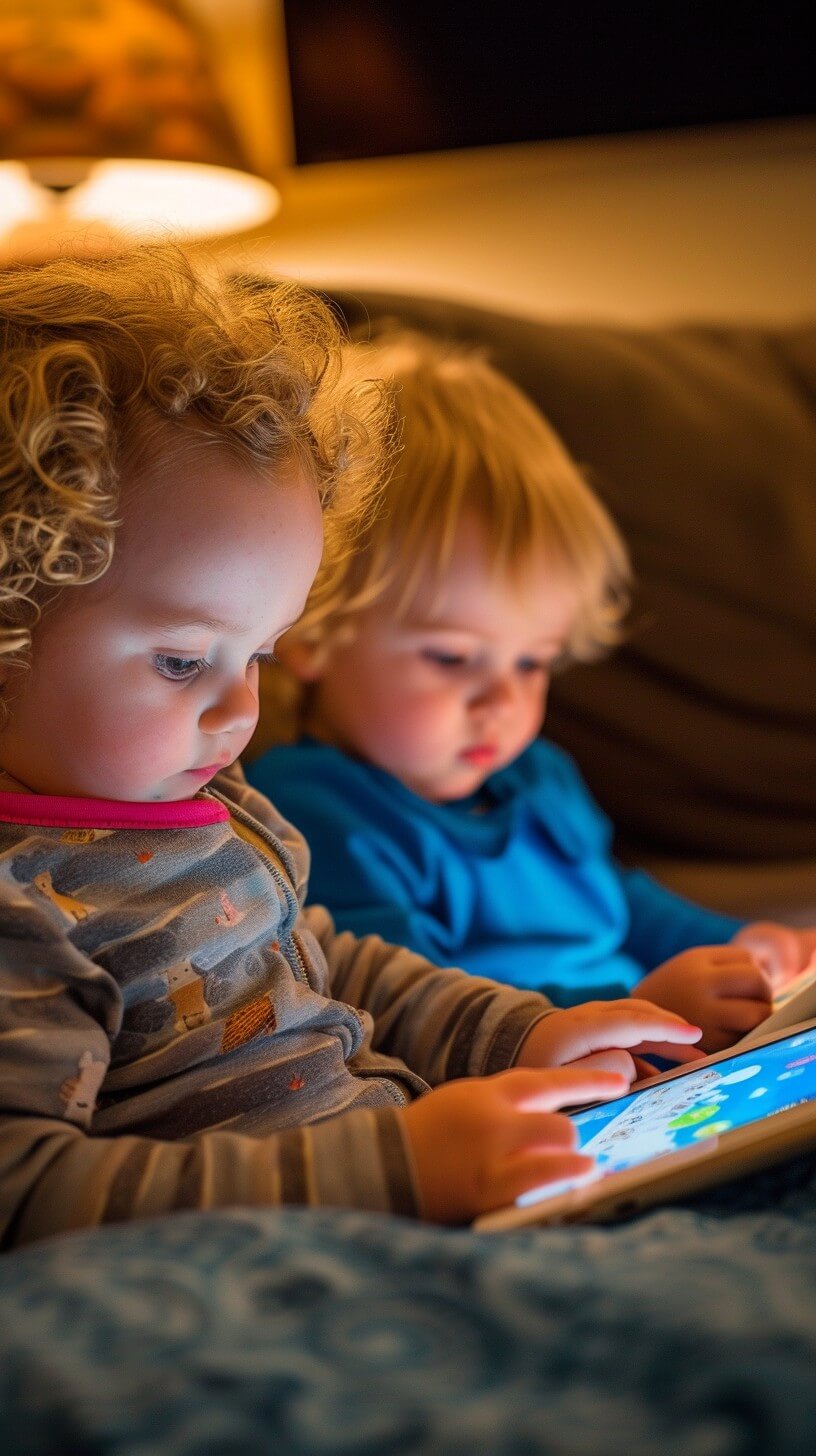Screen Time for Teens: How Much Is Too Much? (And How to Get Them to Listen!)
"Just five more minutes!" Sound familiar? If you’ve ever battled with your teen over screen time, you’re not alone. Many parents worry about how much time their kids spend on devices—especially when that “five more minutes” turns into hours.

So, how much screen time is too much? More importantly, how can you help your teen build healthier habits—without turning every conversation into an argument?
📊 The Truth About Screen Time for Teens: What’s "Normal" in 2025?
Before we talk about solutions, let’s look at the numbers.
According to Common Sense Media, the average screen time for teens is now 8-9 hours per day.
This includes:
✅ Social media scrolling - This can lead to mental health concerns if it’s excessive.
✅ Video streaming (YouTube, TikTok, Netflix)
✅ Gaming - While it can be social, it’s important to ensure it doesn’t become all-consuming.
✅ Schoolwork on digital devices - If they’re watching documentaries or researching for school, this is productive screen time.
That’s a lot of screen time! And while some of it is productive (homework counts!), too much screen time can impact sleep, mental health, physical, social, academic and family relationships.
😴 How Screens Affect Your Teen’s Health
Ability for a Good Nights Sleep
Did you know? Blue light from screens tricks the brain into staying awake longer. This can make it harder for teens to fall asleep—and many don’t even realize it.
Simple ways to fix this:
🔹 No screens 30-60 minutes before bed – Set a "tech curfew" to help their brain wind down
🔹 Use Night Mode – Many devices now have a blue light filter (great for evening use!)
🔹 Swap screens for books – A good old-fashioned book can be the perfect sleep aid!
👀 Real Talk: If your teen is glued to their phone at night, they’re not just ignoring you—their brain is literally wired to crave more screen time. Patience + clear boundaries will go a long way.

Mental Health Concerns
According to the American Academy of Paediatrics they have found that a lot of screen time can lead to poor quality sleep which has been linked to anxiety, depression and the ability to focus.
Physical Health Issues
Spending hours in front of a screen can lead to eye strain, poor posture, and even an increased risk of obesity. The lack of physical activity from extended screen time can reduce your teen’s chances of staying fit and active.
Social & Academic Impact
Teenagers are at a stage where social interaction and academic performance are crucial. Too much screen time can interfere with real-world social interactions and even distract them from schoolwork, potentially affecting grades.
🛑 When Does Screen Time Become "Too Much"?
Every teen is different, but experts recommend the 2-4-1 rule for a balanced approach:
- 2 hours of recreational screen time per day (social media, gaming, videos)
- 4 hours of productive screen time (schoolwork, educational content)
- 1 hour of screen-free movement (exercise, hobbies, outdoor play)
Signs your teen might be spending too much time on screens:
🚨 They get irritable or anxious when asked to unplug
🚨 They’re staying up too late on their devices
🚨 They’re skipping activities they used to love
🚨 Their grades, friendships, or mental health are suffering
If any of these sound familiar, it’s time for a change—but don’t worry! You can help your teen find a better balance.
🙋♀️ Why Won’t My Teen Listen? (And What to Do About It!)
We all know nagging doesn’t work. If you've ever said, “Get off your phone!” only to hear “Ugh, Mom/Dad!”, you get it.
Managing screen time is tricky, especially when teens are reluctant to listen. However, there are effective strategies you can implement to help balance their screen time in a way that feels fair and supportive:
Here’s the secret: Instead of controlling their screen time, empower them to manage it.
📌 Try These Parent-Approved Strategies:
✅ Lead by example – If you’re always on your phone, they will be too. Try setting family screen-free times (like during meals).
✅ Ask, don’t accuse – Instead of saying, “You’re always on that thing!”, ask, “What’s your favorite thing to do online?” This opens up a real conversation.
✅ Make screen time a privilege, not a right – Instead of “no screens during the week,” try: “You can earn screen time by finishing homework and chores first.”
✅ Use tech to limit tech – Apps like Qustodio and Bark help track usage and set healthy limits—without constant battles.
✅ Encourage screen-free fun – Instead of just taking screens away, introduce fun alternatives (DIY projects, sports, board games, cooking together).

🎯 Additional Ways You Can Manage Your Teen’s Screen Time?
1. Start the Conversation
Teens are more likely to listen if they feel their voice is heard. Instead of just setting limits, have a conversation with them about why screen time matters. Ask them about how they use screens and what they enjoy about it.
2. Set Clear Expectations
Be clear about the rules you’ve set regarding screen time. Make sure the boundaries are consistent and reasonable. For example, you might set a rule like, "No screens during meals" or "One hour of screen time after finishing homework”.
3. Be Collaborative
Instead of laying down the law, work together to come up with screen time guidelines. This will help your teen to feel respected.
4. Offer Incentives
Rewards are a great motivator! Consider offering extra screen time on weekends for good behavior or achieving goals.
5. Respect Their Independence
As teens get older, they need more control over their choices. Allow them to set the boundries, this fosters trust & responsiblity.
📱 What Are the Best Tools to Help Manage Screen Time?
If you’re struggling to set limits, technology can actually help. Here are a few parent-favorite apps for tracking and managing screen time:
✅ Best Apps for Managing Teen Screen Time:
🔹 Qustodio – Blocks inappropriate content, sets time limits, tracks how much time they spend on apps or websites.
🔹 Bark – Monitors social media, detects risky behavior, sends alerts to parents
🔹 Apple Screen Time & Google Family Link – Built-in, free tools for setting screen time limits on iPhones and Androids
Most of these apps let teens track their own screen time, which helps them take responsibility for their habits.
💡 Final Thoughts: Screen Time Isn’t the Enemy
At the end of the day, screens aren’t "bad"—it’s all about balance. The goal isn’t zero screen time; it’s healthy habits.
📌 Key Takeaways:

✅ The average teen spends 8-9 hours a day on screens—but not all screen time is bad!
✅ Signs of too much screen time include irritability, sleep issues, and lost interest in activities
✅ Nagging doesn’t work—but communication, clear boundaries, and tech tools do!
✅ Small changes (like screen-free meals and nighttime limits) make a BIG difference.
🌟 Bonus: Resources that you may find useful.
Embark Behavioral Health - What is Technology Addiction
Is
a treatment facility for preteens, teens and young adults experiencing
mental health issues. Physical locations can be found across the U.S.,
but they also provide virtual counseling.
Child Mind Institute - Helps children and families struggling with mental health issues.
Foothills at Red Oak Recovery - How to Talk to Teens About Internet Addiction
💬 What’s your biggest struggle with teen screen time? Drop a comment below—I’d love to hear from you!
Parenting is hard, but you’re not alone. You’ve got this! 💙














